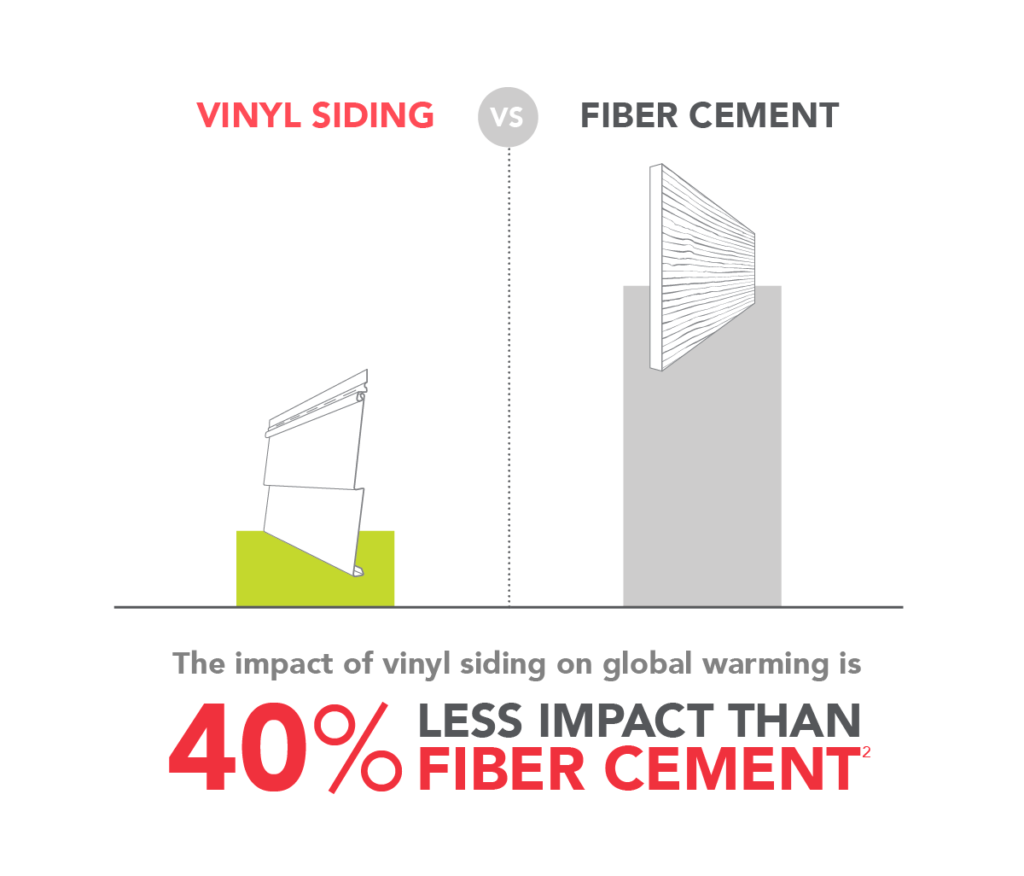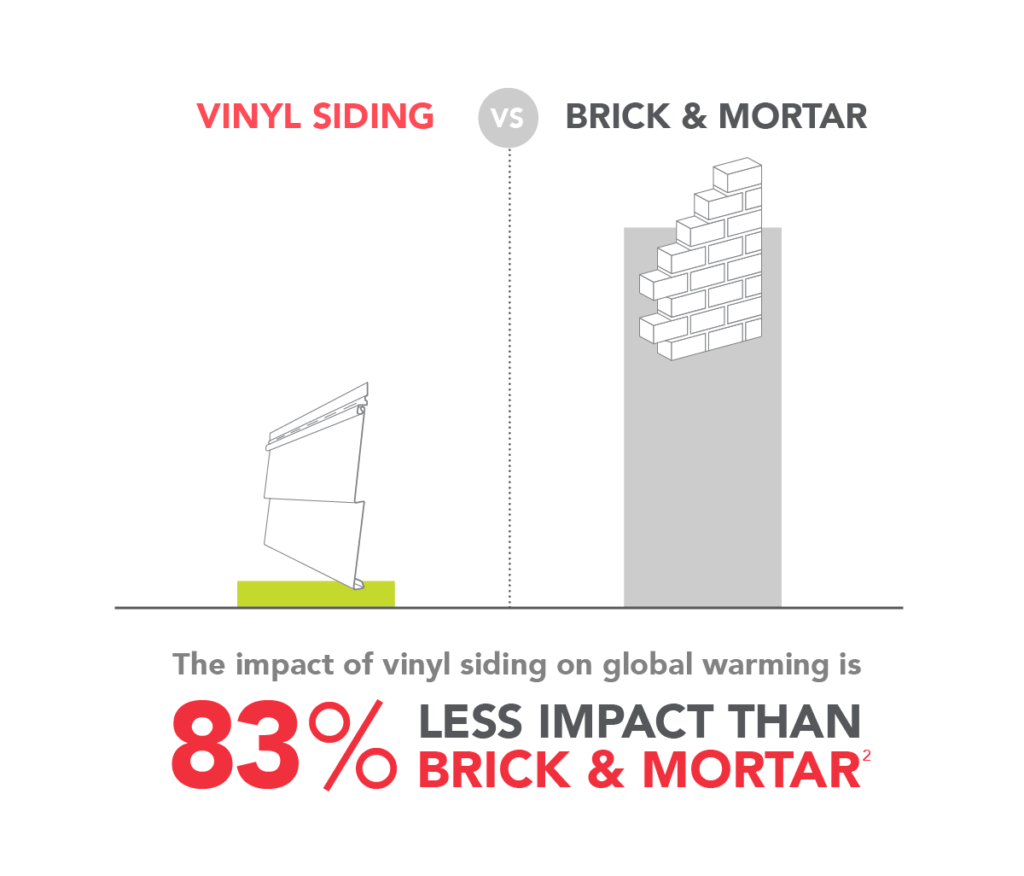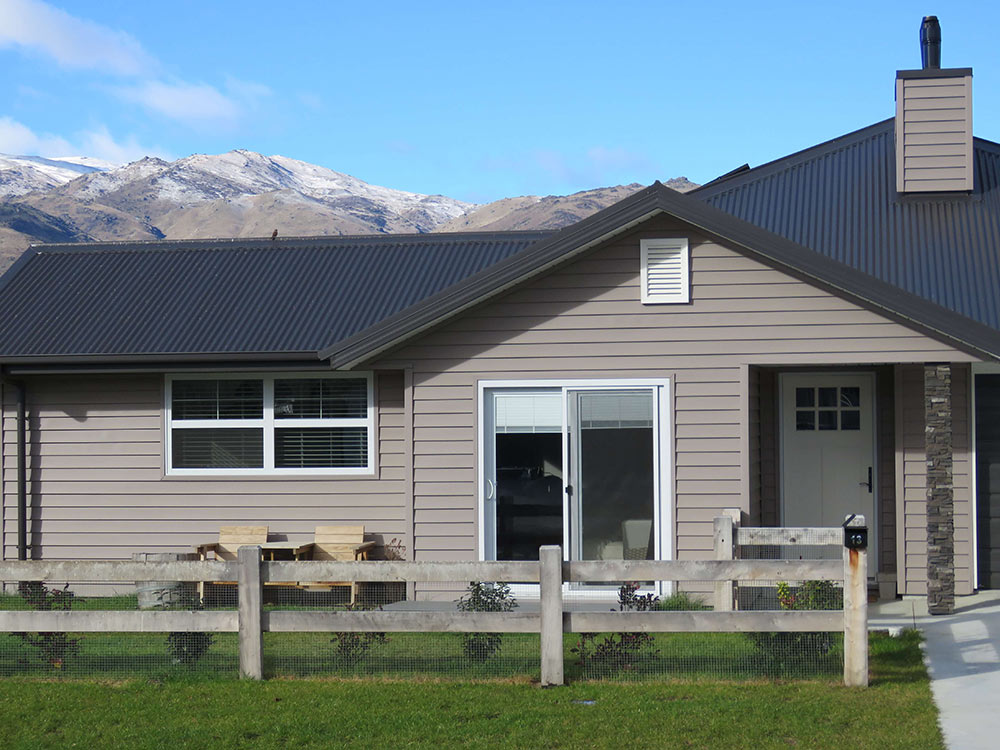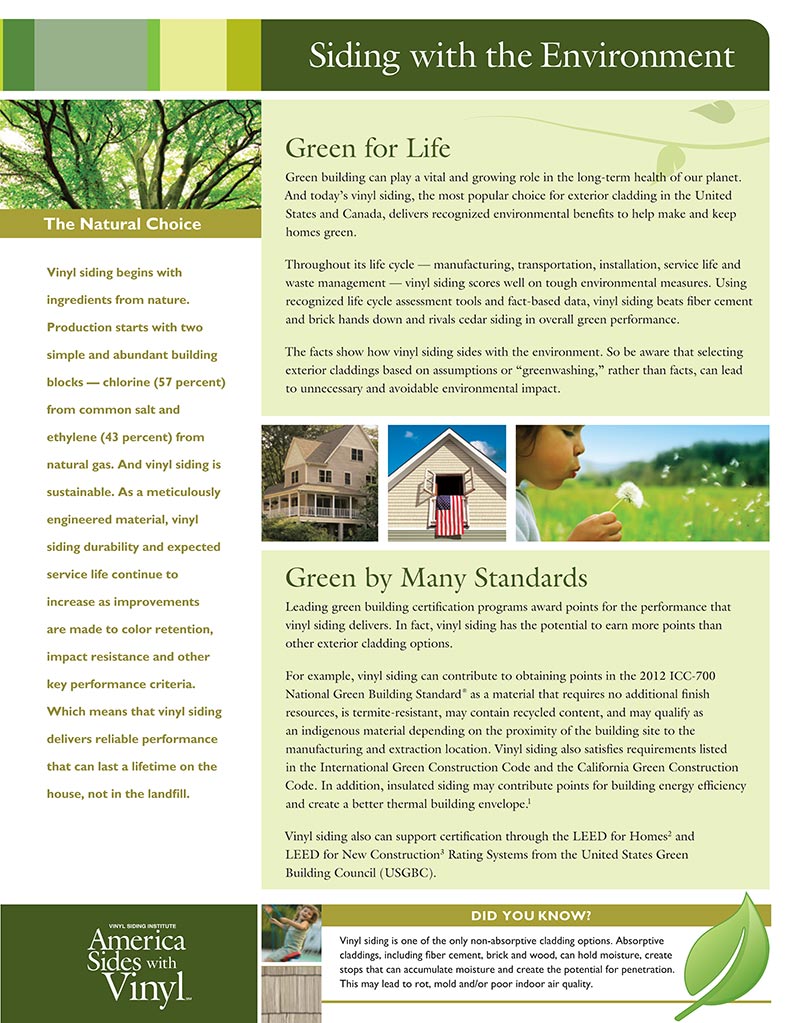Eco-Friendly Vinyl Cladding
The Natural Choice
Reducing our carbon footprint
Choosing sustainability means choosing efficiency, and vinyl cladding delivers it at every stage. From resource-conscious manufacturing to low-maintenance performance and end-of-life recyclability, vinyl cladding is designed with the environment in mind.
Manufacturers have made real progress in reducing the environmental impact of vinyl siding. Over the past decade, its carbon footprint has dropped by 15%, now generating just 9.8 kg of CO₂ per 100 square feet across its life cycle. That means fewer emissions and a smarter, more sustainable way to build.
At Vinyl Cladding NZ, we’re proud to offer a product that supports long-term environmental goals while still delivering outstanding performance, style, and durability. It’s a win for your home, and the planet.
More Efficiency, Less Impact on the Environment


Reduced Environmental Impact, Same Impressive Resiliency
VSI commissioned a life cycle inventory to assess progress made in the manufacturing processes for vinyl siding.
The industry’s environmental impact reductions since 2011 include:
22%
less electricity
33%
less natural gas
100%
less propane

Recyclable
Every year, over 1 billion pounds of scrap and trim from Vinyl manufacturing and fabrication are recycled. Thanks to Vinyl Cladding’s recyclability, both into similar products and entirely new ones, this significantly reduces landfill waste.
Post-industrial Vinyl is in such high demand that its price is tracked in major plastic industry publications. Recycled Vinyl finds new life in products like floor tiles, garden hoses, fencing, soundproofing materials, pipes, boots, notebook covers, and traffic cones.
On top of that, tens of millions of pounds of post-consumer Vinyl are recycled annually. And there’s even more potential: countless Vinyl products, such as pipes and cladding, remain in use for decades, meaning future recycling opportunities are already built into today’s installations.
Reduced Material Use
Advances in Vinyl formulations have made today’s Vinyl products durable, low-maintenance, and lightweight, all which translate into reduced use (and potential waste) of other materials.
Distribution
Vinyl is lighter to transport than many conventional building materials, reducing the amount of fuel and other resources used for such transportation.
Production
Vinyl is based on commonly available raw materials.
- Pure Vinyl is 57% chlorine, derived from common salt—an abundant and inexpensive resource
- Products like vinyl cladding don’t require the use of paint, stain, or harsh cleansers
- Most vinyl products have long lifespans, usually many decades. Once they are no longer usable, these products can be recycled if local collection and sorting operations are available, or disposed of safely
- Post-industrial and post-consumer vinyl is highly recyclable
- Like other materials used in consumer products, at the end of its life vinyl can be landfilled, or it can be incinerated in modern waste-to-energy facilities and its energy recaptured and reused
Chlorine: Vinyl won’t harm the atmosphere. Once chlorine is processed into vinyl, it is chemically locked into the product more tightly than it was in the salt that it came from. When Vinyl is recycled or landfilled, Chlorine Gas and Hydrochloric Acid (HCl) are not released into the atmosphere.



